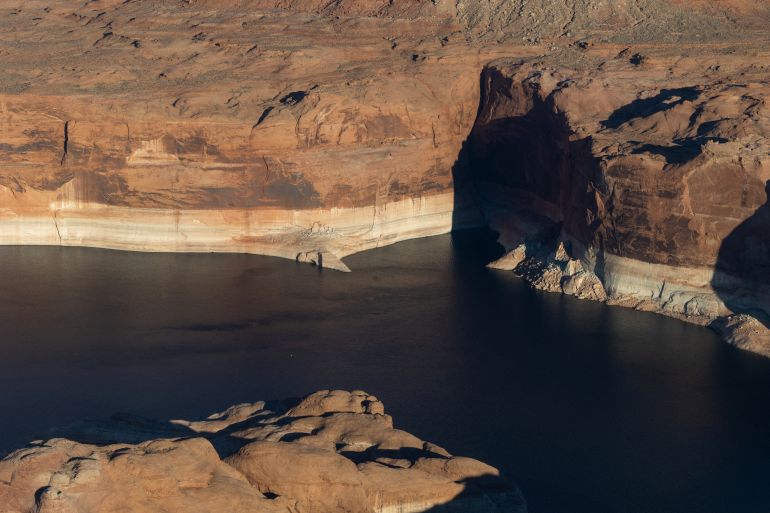What a ‘1,000-year drought’ means for Native Americans

Water in the western United States is at a dangerously low level, and the electricity supply for 40 million people could be at risk. It is all because of the region’s worst drought in more than 1,000 years. This summer, the US government is set to make some big decisions on who gets rights to the little water that remains – the states of the Colorado River basin and tribal nations. Many Native tribes have never shared the same rights as the states, and many reservations lack sufficient running water. Now, tribes are trying to change that, but they are afraid they may be left behind again. So what happens next in the West?
Keep reading
list of 4 itemsWill a ‘quick trigger’ law keep Chile safe?
Has QAnon gone mainstream?
How close is Sudan to civil war?
In this episode:
- Jillian Kestler-D’Amours (@jkdamours), reporter and editor for Al Jazeera
- Stephen Roe Lewis, governor of the Gila River Indian Community
- Nora McDowell, former chairwoman of the Fort Mojave Indian Tribe
Episode credits:
This episode was produced by Amy Walters, with Sonia Bhagat and Natasha Del Toro, in for Malika Bilal. Miranda Lin fact-checked this episode.
Our sound designer is Alex Roldan. Munera Al Dosari and Adam Abou-Gad are our engagement producers.
Alexandra Locke is The Take’s executive producer, and Ney Alvarez is Al Jazeera’s head of audio.
Connect with us: